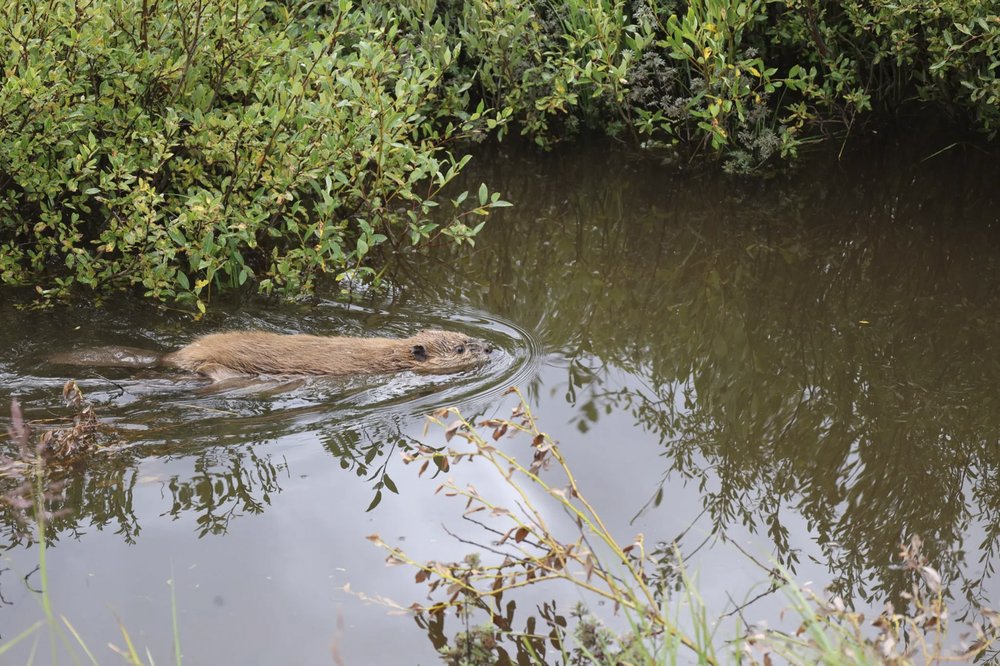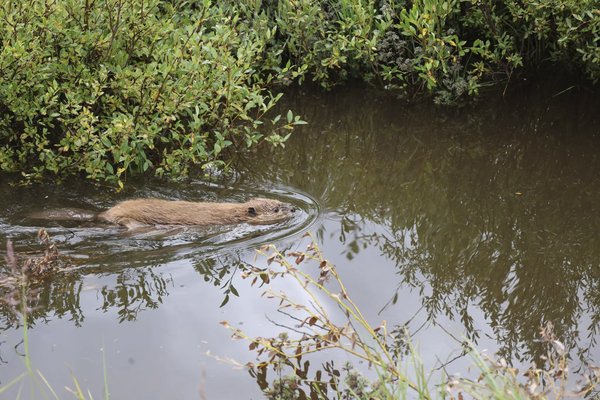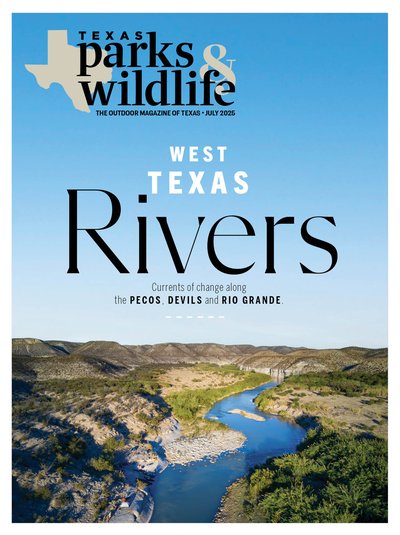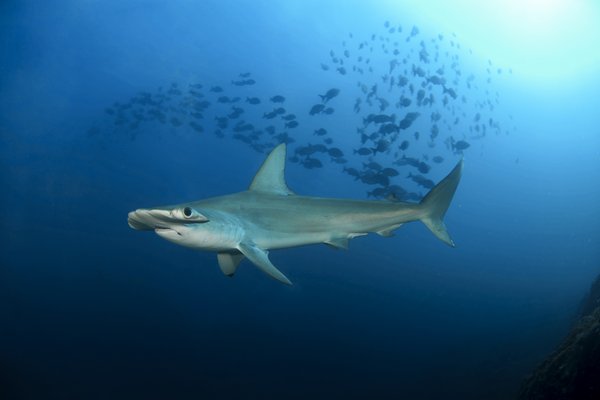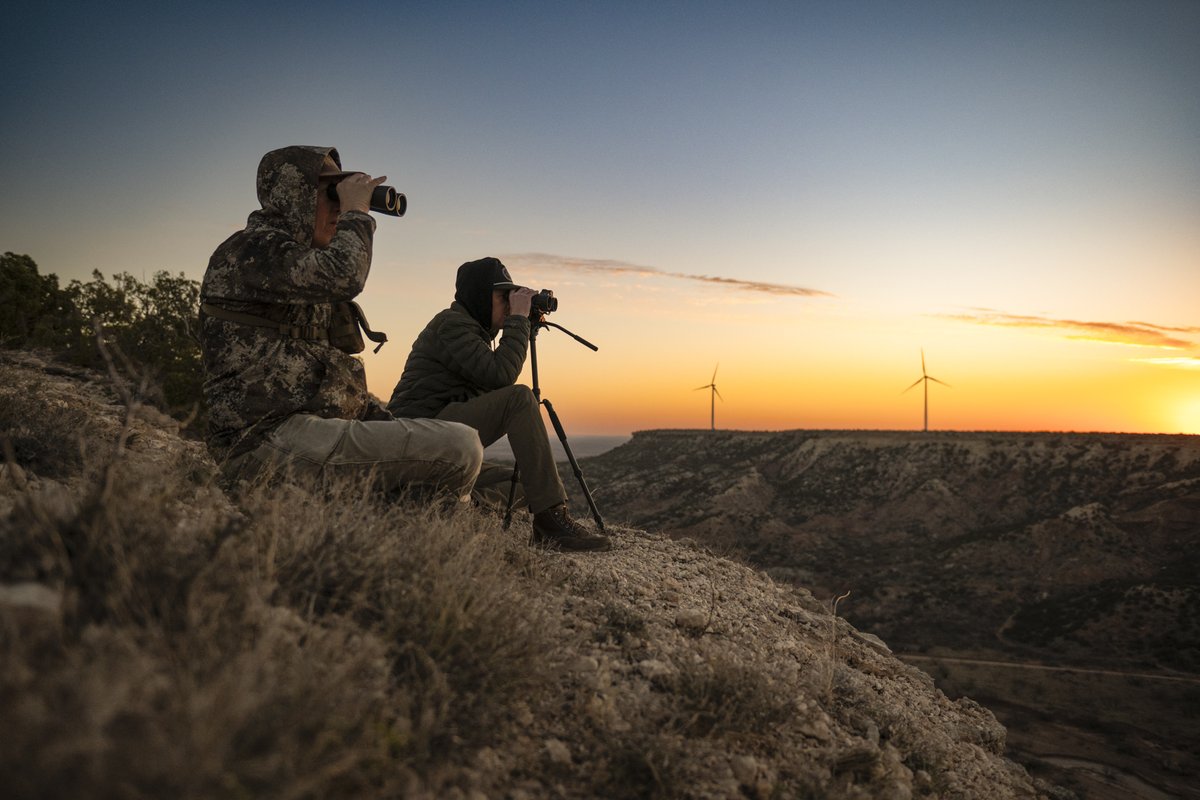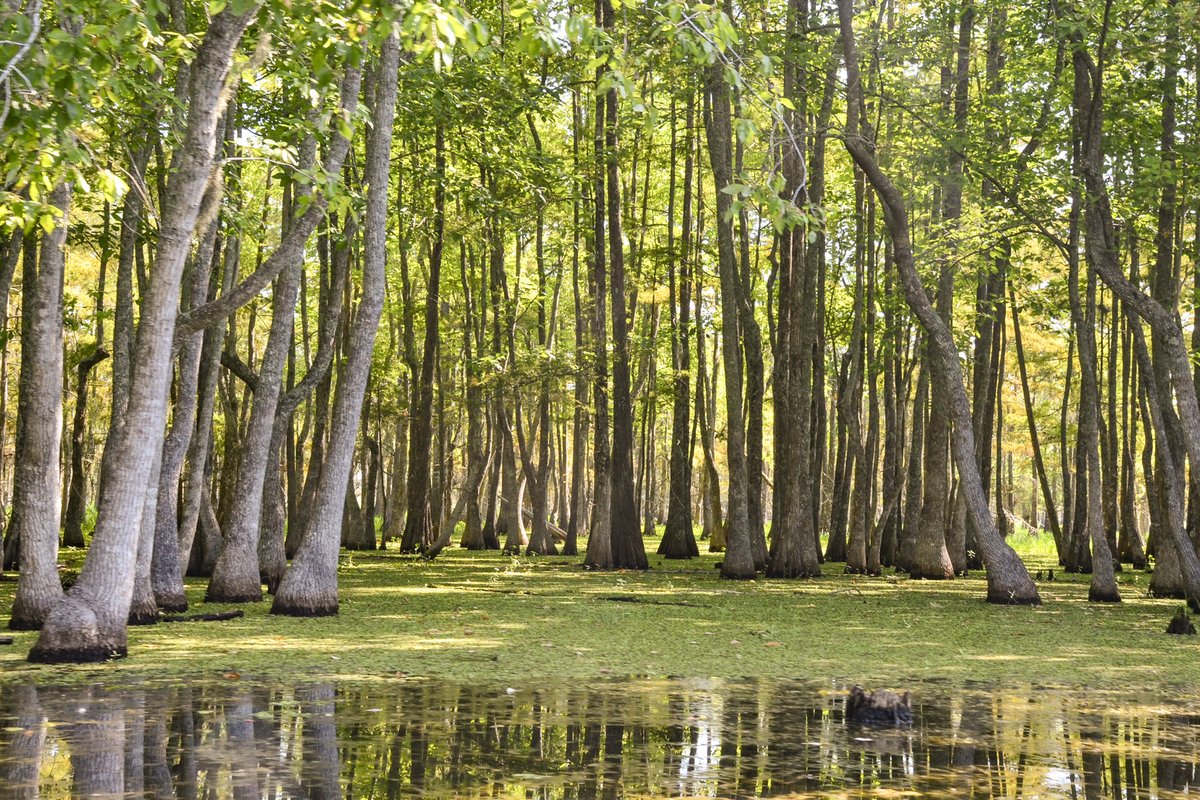Efforts are underway in Big Bend National Park to create ponds and wetlands along the Rio Grande, providing habitat for wildlife and improving water quality. This isn't a park staff project, though. The workers are Rio Grande beavers (Castor canadensis mexicanus).
In 1913, biologist Vernon Bailey identified the Rio Grande beaver as a subspecies of the American beaver. The American beaver's range covers most of Canada and the United States, including much of Alaska, while the smaller, lighter subspecies lives only along the Rio Grande from northern New Mexico to South Texas. Intense floods used to occur on the river that would sweep away a typical beaver lodge, so they adapted to create dens in the riverbank instead.
They still build dams like other beavers, though. These structures create and modify habitat in and around the river, earning the animals the sobriquet of ecosystem engineers.
“It is well known that beaver dams increase biodiversity,” says Big Bend National Park wildlife biologist Thomas Athens. “The dams create wetland and riparian or shoreline habitat that might not be there without them. Then new plants colonize because of the available water, and that is beneficial to fish, insect, mammal and bird diversity. Beavers play a really important role in the ecosystem.”
These large herbivores (males can weigh 50 pounds) feed mainly on the inner bark, twigs and leaves of deciduous trees like willow trees. They also eat cottonwood, invasive tamarisk and invasive and native reeds.
The population seems to be thriving. As part of a 2015 Texas State University thesis study, Howland J Reich IV documented 98 active beaver colonies in the park and estimated the population at 185 individuals. That represented a 38 percent increase since the previous survey, in 1981.
Athens, who has been at the park more than five years, often sees evidence of beavers along the river, and has sometimes seen them on the banks while he's canoeing. Paddling the river likely offers the best chance for visitors to spot them.
Park-goers also may spy the hard-working rodents from the Rio Grande Village Nature Trail. The trail goes over a pond and wetland created by a beaver dam, Athens says, although vegetation obscures a view of the dam. In addition, there are dams and a nice-sized beaver pond on Terlingua Creek upstream from Santa Elena Canyon. Park staff installed wildlife cameras there to see what the beavers are up to, Athens says. “They are mainly active at night, but we've seen them moving whole small trees into their dam and have some video of pups playing with each other.”
For those lucky enough to spot a busy beaver, Athens stresses that, just as with all wildlife, never feed wild animals and keep your distance. “A good rule of thumb, if an animal is changing its behavior, you're too close.”
“Keep wildlife wild,” he says, because these beavers have a lot of work to do.
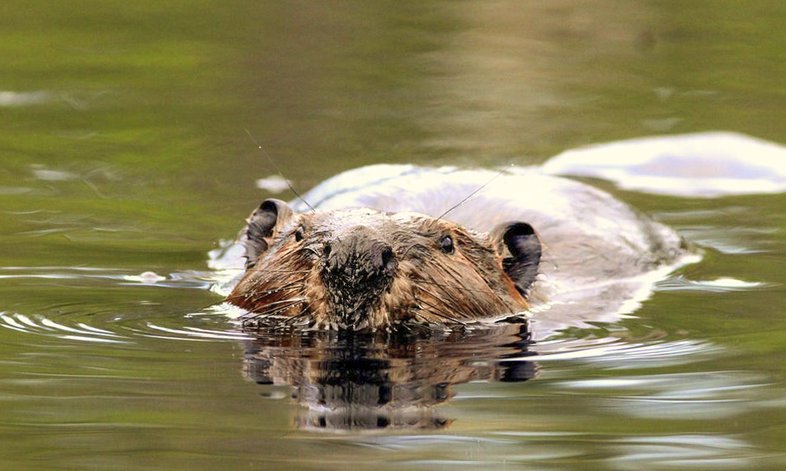
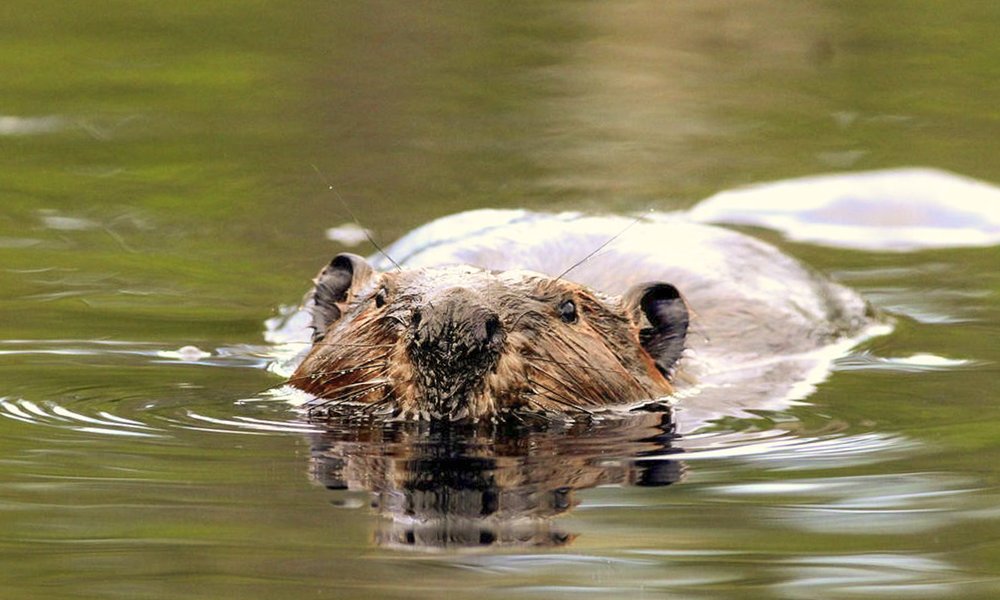
Common name:
Rio Grande beaver (aka Mexican beaver)
Scientific name:
Castor canadensis mexicanus
Habitat:
Rio Grande waters and shoreline from northern New Mexico to South Texas.
Diet:
Willow trees and other deciduous woody plants, herbaceous and aquatic plants like reeds.
Did you know?:
Beavers in Big Bend National Park have been seen using large rocks to build dams and stacking them to create pathways. This illustrates how animals adapt to the resources in their environment, says park biologist Thomas Athens.
